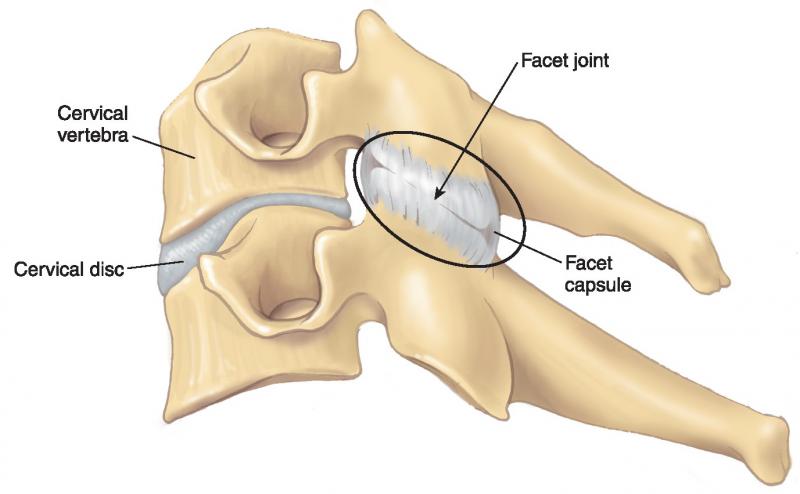Signs and symptoms
- Vary depending on the location of the herniation.
- Little or no pain to the severe and unrelenting radiating neck or lower back pain.
- Radiating to lower extremities or groin area also known as sciatica. Radiating nerve pain caused by a prolapsed disc can also cause bowel and bladder incontinence.
Cause
- Disc herniations can result from general wear and tear, such as when performing jobs that require constant sitting and squatting or driving (sedentary lifestyle), lifting. Professional athletes, especially those playing contact sports, are prone to disc herniations.
Prevention
- Maintain proper posture
- Exercises that are used to enhance back strength may also be used to prevent back injuries. Back exercises include the prone press-ups, transverse abdominus bracing, and floor bridges.
Treatment
- Non-steroidal anti-inflammatory drugs.
- Weight control Epidural corticosteroid injections, root blocks.
- Surgery
- Microdiscectomy
- Endoscopic Discectomy
FAQs
What is Sciatica?
The term “Sciatica” refers to the shooting pain that is considered going down from the back to the leg. It is normally caused by acute disc prolapse or because of spinal canal stenosis.
What is slipped disc/disc herniation/prolapse?
As the intervertebral disc experiences a normal aging method, the stiff outer fibrous layer can crack and a little volume of central jelly-like disc material can escape through the defect that causes inflammation and can press on the spinal nerves in the spinal canal. Both the inflammation and the automatic compression of the nerve root can act to aggravate the nerve resulting in leg pain, anesthesia and weakness.
What is the common level of disc Herniations?
95% of lumbar disc herniations occur at L4/5 and L5/S1 levels.
When is surgery indicated in Herniated Disc?
Surgery for a disc herniation is shown in cauda equina syndrome, severe pain, progressive neurological deterioration, Instability, failure to change with conservative control.
What is Cauda Equina Syndrome?
Cauda equina syndrome is a very limited but severe spine emergency. It consists of a combination of low back pain, pain in one or both legs, numbness and/or weakness in the legs, numbness in the genitals and/ or bottom region and urinary and/or rectal symptoms. ( Inability to pass urine is the most notable symptom). Surgery requires to be completed in diagnosed cases within 48 hrs to maintain bowel & bladder function.
What is spinal canal stenosis and what are the causes?
Spinal stenosis is a disease in which there is a reduction of the spinal canal and hence a reduction in space for the nerves. It is normally due to degenerative modifications in the spine that have happened over many years. The intervertebral disc can be thought of like a car tire-over time it deflates and bulges. As a result, the height is lost at the beginning of the spine and the facet joints at the end of the spine start to take the more extra load. Facet joint degeneration then appears and the joints and ligaments can grow. The ligaments at the back of the spine lead to buckling inward as the disc height is decreased and they become lax. Reduction of the spinal canal and space for the nerves then occurs because of a combination of the disc bulge, facet enlargement and ligament buckling causing leg symptoms.

